Here's a little farm quiz to test your agricultural knowledge. Have fun!
Q. In 1945, the farmer got $0.45 out of every food dollar spent. In 1952, the farmer got $0.49 of each food dollar spent. How much will the farmer receive in 2013?

A. Farmers and ranchers receive only 20 cents of every food dollar that
Consumers spend on food at home and away from home.
Q. Does the last milk drawn from a cow have more butter fat than the first milk drawn? Or is the milk the same start to finish?

A. The first milk drawn is the lowest in butterfat.
Q. True or false: Your milk cow and dairy goat got into your garlic patch, now their milk tastes and smells like garlic.

A. True
Q. In 1950 the average American ate 4.3 pounds of food daily. How many pounds did the average American eat in 2012?

A. 4.7 pounds daily (this does not include soda or juice)
Q. Not including land prices, how much money does it cost a farmer, per acre, to plant corn or soybeans?
 A. In 2012 farmers spent $513 per acre growing corn and $301 per acre growing soybeans. An additional $230 per acre is added for land costs. Bringing cost per acre to $743/corn and $531/soybeans.
A. In 2012 farmers spent $513 per acre growing corn and $301 per acre growing soybeans. An additional $230 per acre is added for land costs. Bringing cost per acre to $743/corn and $531/soybeans.
Q. Which farm animal was used by the Canadian government to detect West Nile virus on the U.S./Canada border?
a. Rabbits
b. Chickens
c. Sheep
d. Goats

A. In the year 2000, the Canadian government used chickens as an early warning system to detect West Nile virus entering from the United States. About 600 chickens were placed in special cages along the U.S. border from Maine to Montana. The chickens were tested weekly for the disease.
Well, how did you do? Are you ready to start a farm?



 There are a couple of aging cows on the farm, numbers 049 and 005 are the oldest. Both are in excellent health, there's nothing to worry about, but I worry anyway. The issue is; Can they withstand a harsh winter?
There are a couple of aging cows on the farm, numbers 049 and 005 are the oldest. Both are in excellent health, there's nothing to worry about, but I worry anyway. The issue is; Can they withstand a harsh winter?
 On our regular walk through the timber Keith and I noticed signs of the changing season. The color change of the leaves is obvious, but there are subtle signs, too. The wooly bear caterpillar's color range of reddish-brown to black is an indicator of the severity of the coming winter, if you believe the folklore. According to The Farmer's Almanac the legend is; the wider that middle brown section is (i.e., the more brown segments there are), the milder the coming winter will be. Conversely, a narrow brown band is said to predict a harsh winter.
On our regular walk through the timber Keith and I noticed signs of the changing season. The color change of the leaves is obvious, but there are subtle signs, too. The wooly bear caterpillar's color range of reddish-brown to black is an indicator of the severity of the coming winter, if you believe the folklore. According to The Farmer's Almanac the legend is; the wider that middle brown section is (i.e., the more brown segments there are), the milder the coming winter will be. Conversely, a narrow brown band is said to predict a harsh winter. Maisy and Spike are staking out hollow trees looking for raccoon and opossum. Spike cornered a momma coon, at our urging he backed down, she wouldn't have.
Maisy and Spike are staking out hollow trees looking for raccoon and opossum. Spike cornered a momma coon, at our urging he backed down, she wouldn't have.
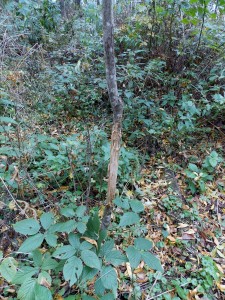 The canopy overhead is sparse now. The natural windbreak of the ravines shows signs where deer have bedded down for the night. Young trees have fresh rubs where bucks are marking their territory. We've seen large bucks in the timber and larger gatherings of
The canopy overhead is sparse now. The natural windbreak of the ravines shows signs where deer have bedded down for the night. Young trees have fresh rubs where bucks are marking their territory. We've seen large bucks in the timber and larger gatherings of 

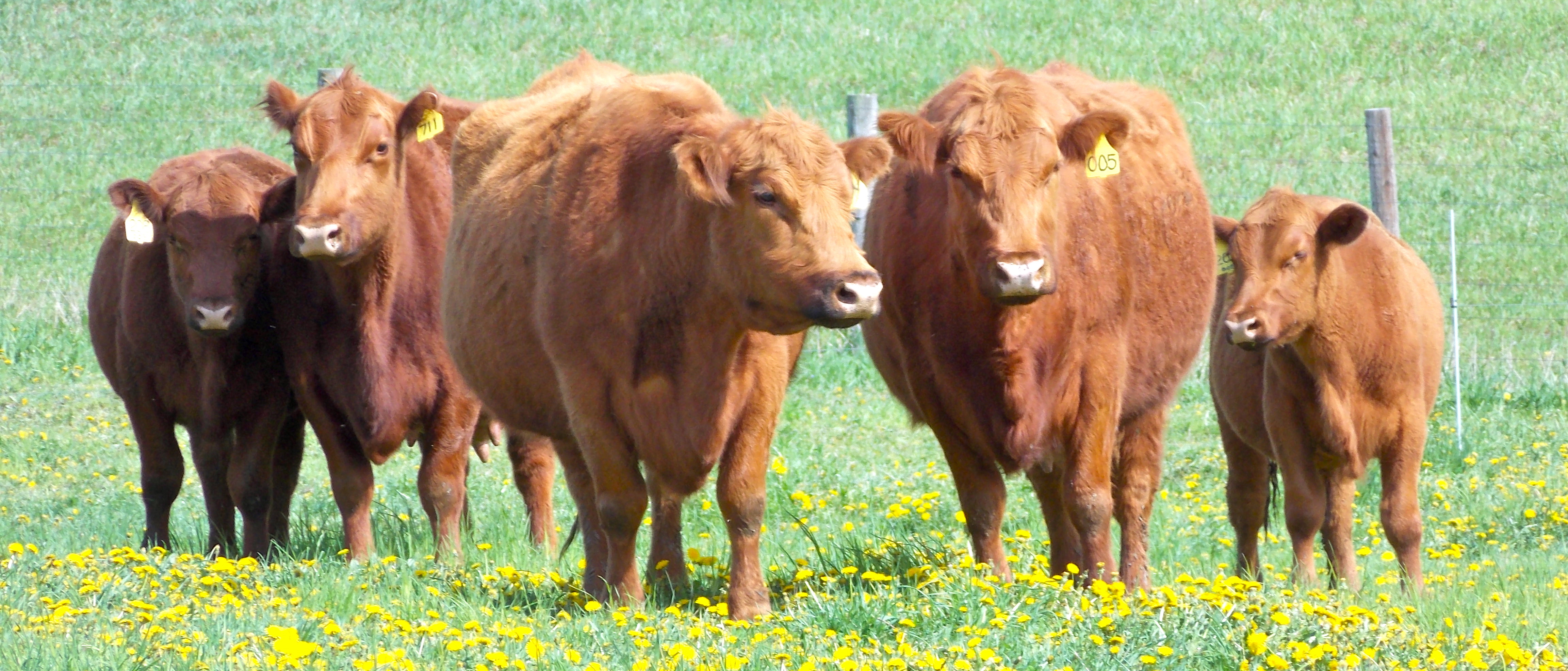
 Just when you thought it couldn't get any worse...
Just when you thought it couldn't get any worse...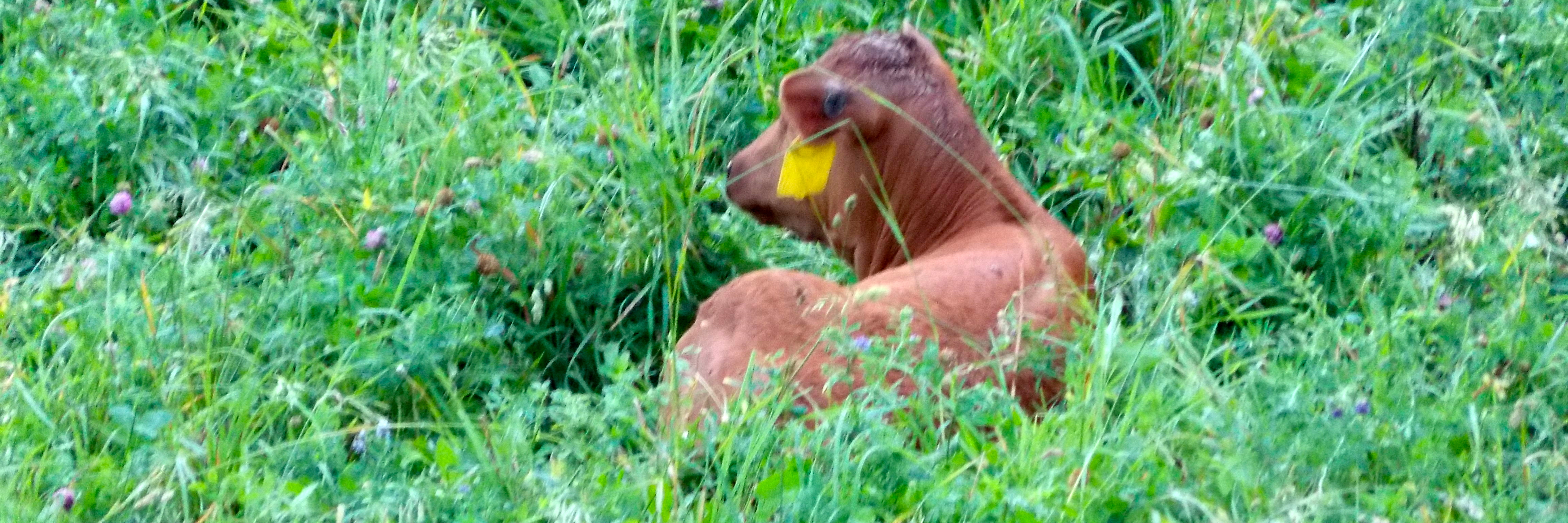
 I'd like to start using a different milker with our dairy cows. Currently we're using a Surge bucket style milker. Clarisse has a very low udder so the bucket doesn't work well for her. With only four cows to milk, two at any given time, I've been researching claw style milkers. For every new thing I start there's a host of research involved. Reading manuals has become a hobby. Sometimes I think about taking shortcuts, just jumping in and getting started, but then I think of Mary.
I'd like to start using a different milker with our dairy cows. Currently we're using a Surge bucket style milker. Clarisse has a very low udder so the bucket doesn't work well for her. With only four cows to milk, two at any given time, I've been researching claw style milkers. For every new thing I start there's a host of research involved. Reading manuals has become a hobby. Sometimes I think about taking shortcuts, just jumping in and getting started, but then I think of Mary.
 You can't get more local than your own backyard. This is the time of year to start planning for next year's garden. Cover crops of green manure ( buckwheat, annual rye grass, clover, etc.) should be planted now. They'll add nutrients, aerate the soil, fix nitrogen, and feed the microbial life of the soil. Adding chopped leaves, from deep rooted trees, will
You can't get more local than your own backyard. This is the time of year to start planning for next year's garden. Cover crops of green manure ( buckwheat, annual rye grass, clover, etc.) should be planted now. They'll add nutrients, aerate the soil, fix nitrogen, and feed the microbial life of the soil. Adding chopped leaves, from deep rooted trees, will 
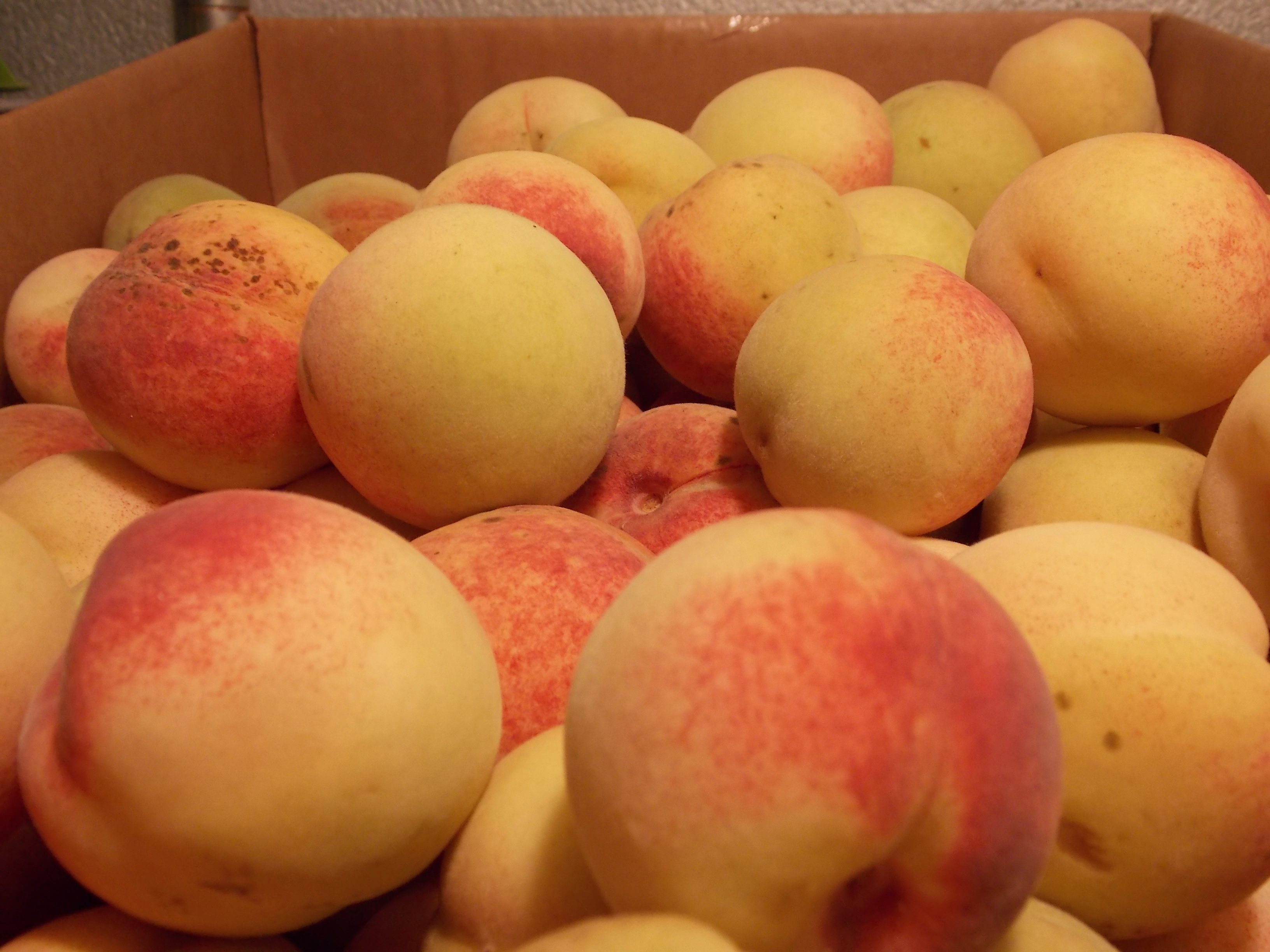




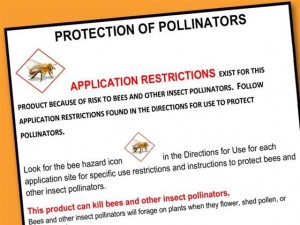
 Keith came into the house wearing his work boots, as a general rule we don't wear work boots in the house. I thought he must have something very important needing immediate attention. He was carrying his phone and asked if I could guess what he found in the tall grass. Since I've lost a fence post pounder, and a collection of other tools, over the years, I figured he'd found one of them with the hay mower. Luckily, that wasn't it.
Keith came into the house wearing his work boots, as a general rule we don't wear work boots in the house. I thought he must have something very important needing immediate attention. He was carrying his phone and asked if I could guess what he found in the tall grass. Since I've lost a fence post pounder, and a collection of other tools, over the years, I figured he'd found one of them with the hay mower. Luckily, that wasn't it.